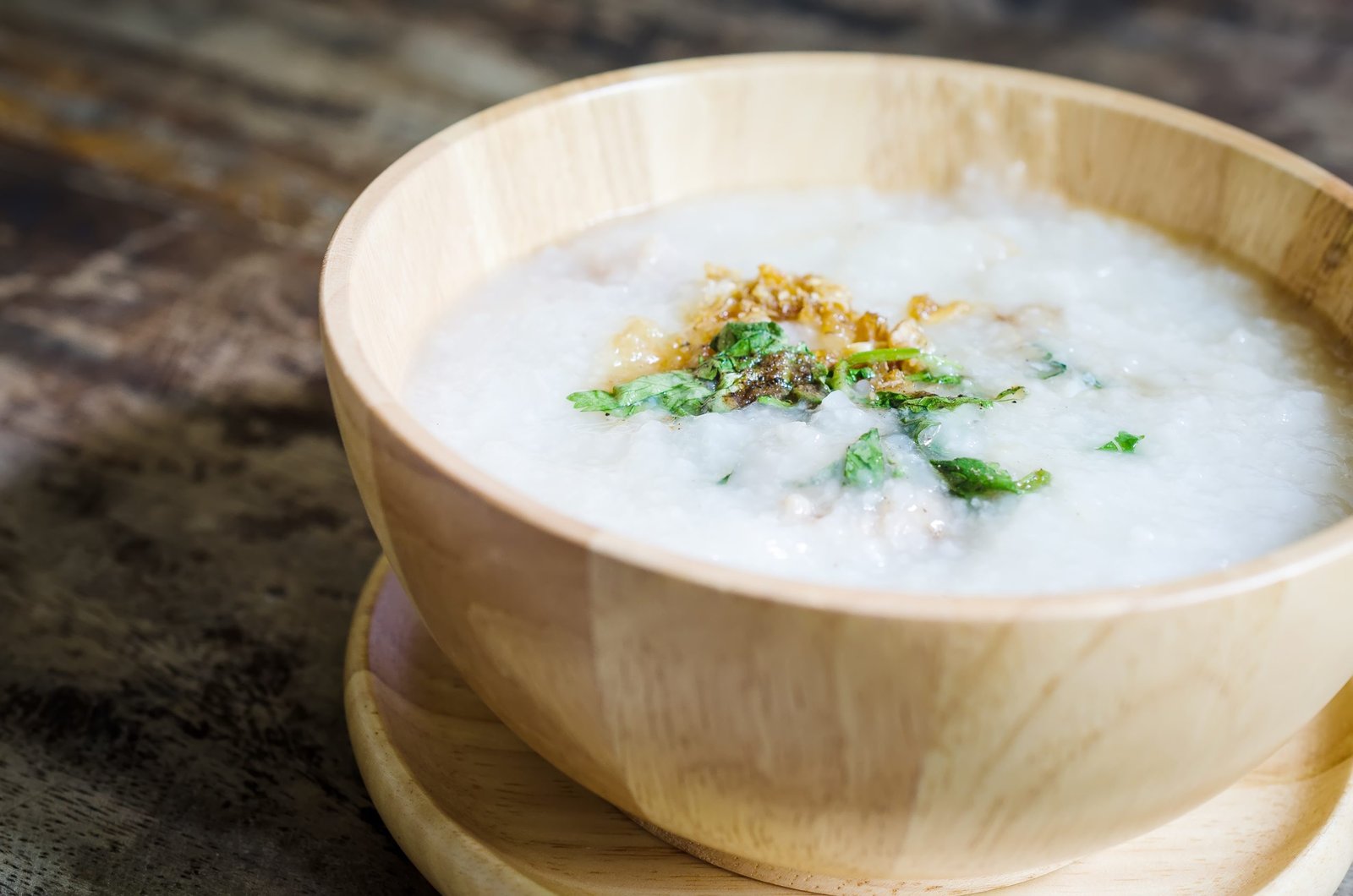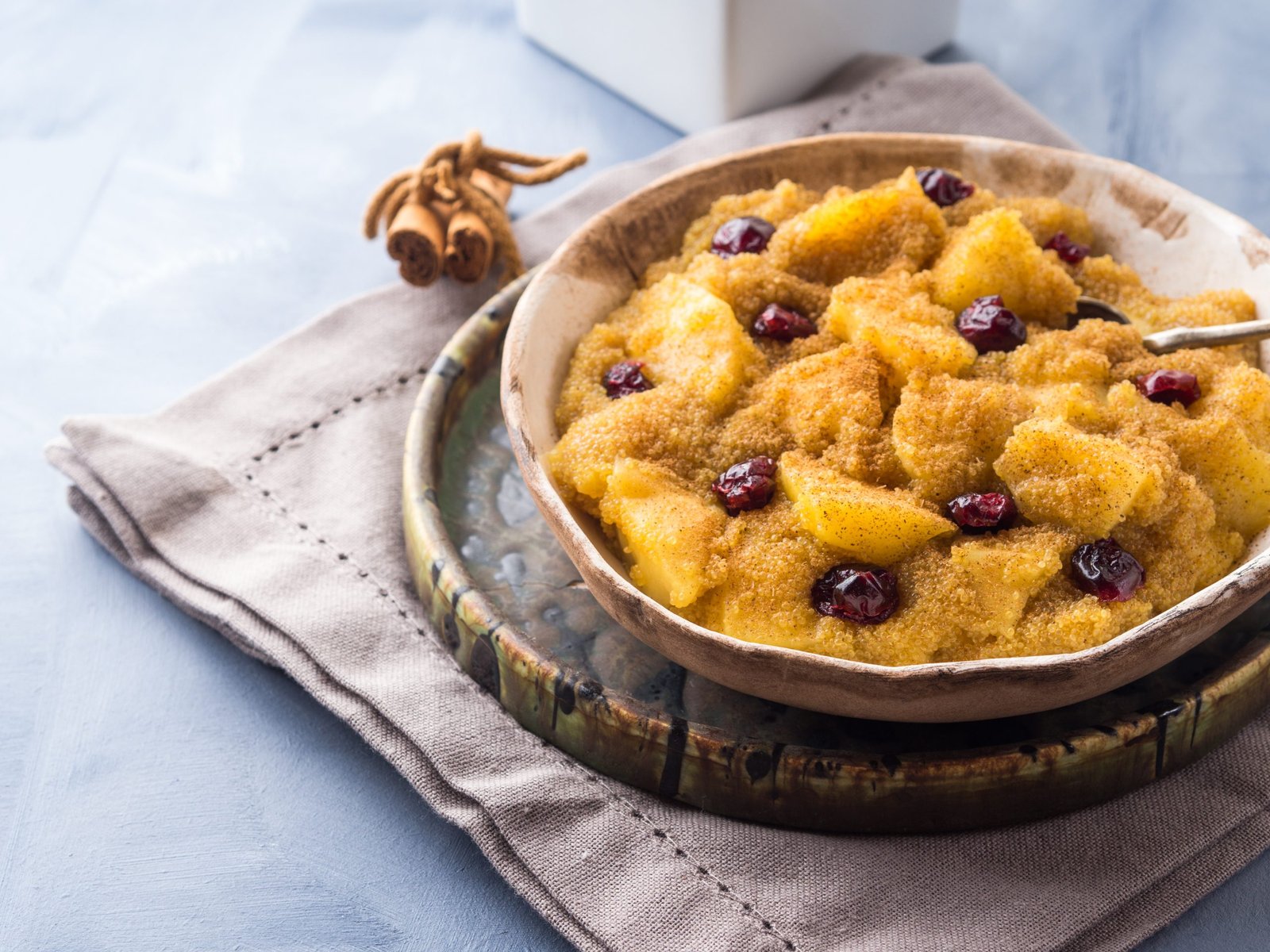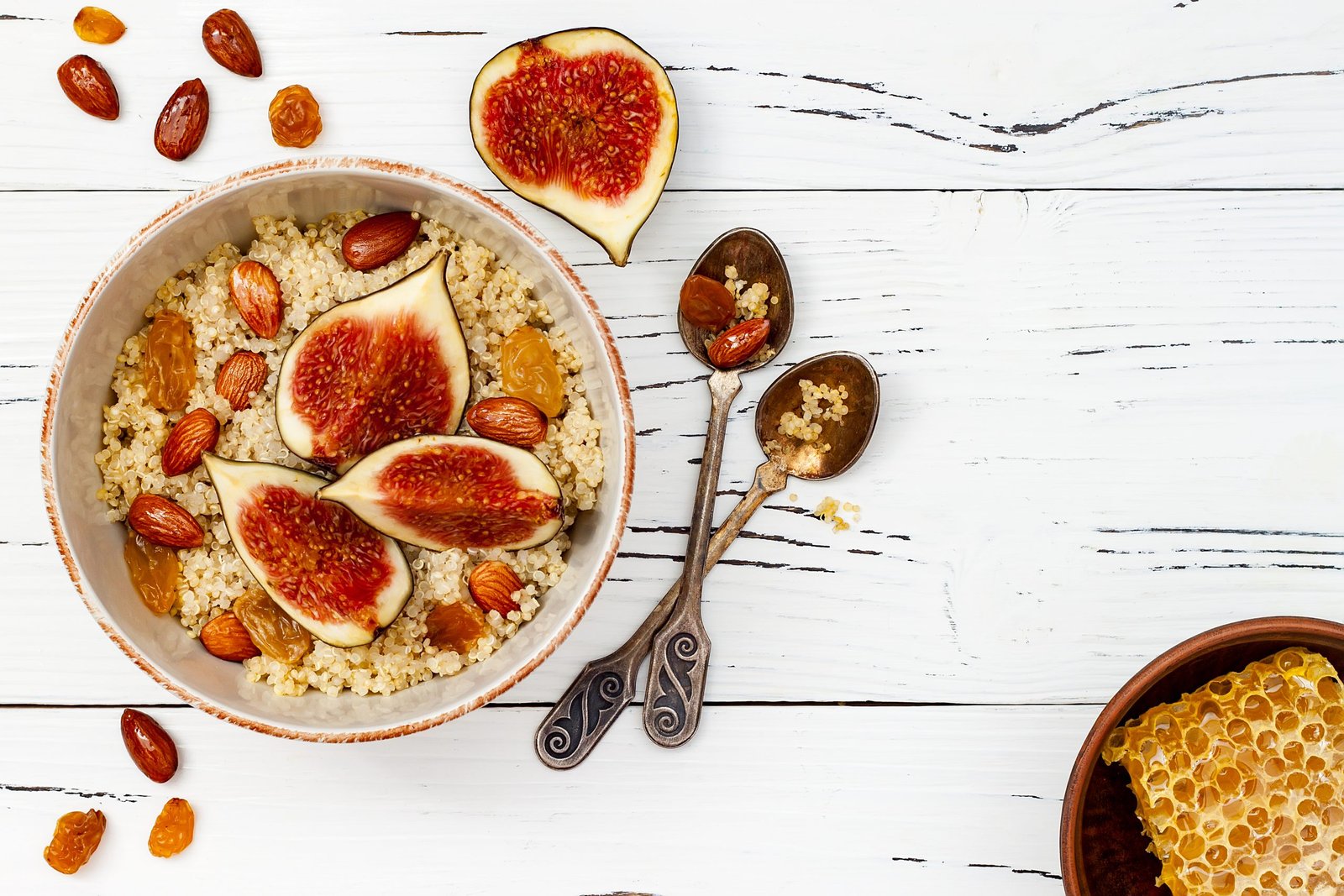
by jayjagger | Oct 21, 2020 | Breakfasts, Nourishing Recipes, Sweets
These simple stewed apples and pears are a nice alternative to a grainy breakfast that is easy to make and wipped up in minutes. Simple but good is what this breakfast provides. It’s a nice alternative to a breakfast full of grains, and even though it’s...

by jayjagger | Oct 21, 2020 | Breakfasts, Mains, Nourishing Recipes
What is Kola Kanda? This Sri Lankan Kola Kanda Bowl is a traditional Sri Lankan herbal porridge hailed for its nutritious and medicinal powers. Kola Kanda (from the leaf Gotu Kola ‘Kanda’), is a traditional Sri Lankan herbal porridge, hailed for its...

by jayjagger | Oct 20, 2020 | Breakfasts, dairy free, Gluten Free, Mains, Nourishing Recipes, Turmeric
This vitalising and cleansing sweet mung daal porridge will have you longing for more! Mung beans’ astringent nature literally scrapes your bowels clean. They draw out toxins from your digestive tract, clear up excess mucus and combat dampness in your body.This...

by jayjagger | Oct 20, 2020 | Breakfasts, dairy free, Gluten Free, Nourishing Recipes, Sweets, Turmeric, Vegan
Amaranth porridge is a great alternative to oats or millet and can be a great substitue for those who can’t digest traditional grains or other psyeudo grains very well. Amaranth is great for Kapha and Pitta types. Vata’s should try it out and mix with...

by jayjagger | Oct 20, 2020 | Breakfasts, dairy free, Gluten Free, Happy Snacks, Nourishing Recipes, Sweets, Vegan
If oats, millet and Co. are not for you, or you simply want a bit of a change to your morning breakfast routine, try out some amaranth porridge for breakfast. It’s light and dry nature makes it an ideal grain for the Kapha dosha.Amaranth ‘s astringent...






